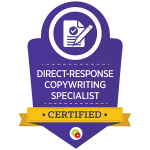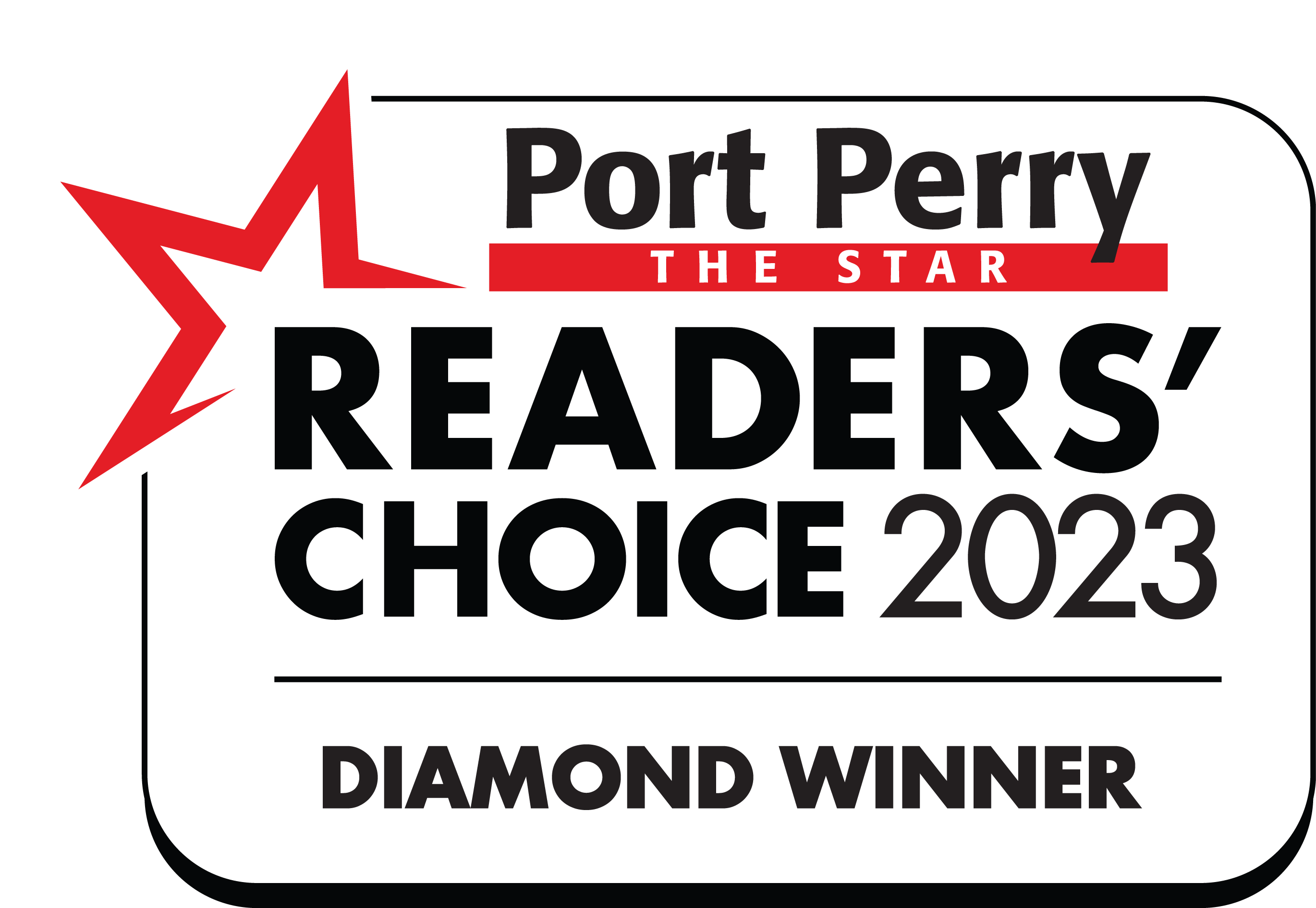Writing a blog post title can be difficult. If you’re like most other bloggers, you probably spend the first five minutes of writing your post trying to figure out what it should be called. Titles are the first thing your audience will read. They have short attention spans, you have under five seconds to capture a reader’s attention and encourage them to read on. A blog post can be expertly written, but if the title doesn’t appeal to the reader, that post can go unread. That’s why it’s so important to have a good blog title.
When it comes to finding the perfect title for your article, there are some things that you can do right away to help improve your chances of coming up with something that gets readers interested. In this article we’ll explain what makes a great blog post title and how to write one by using blog title examples from some of the industries best-performing blogs.
Not sure where to start? Don’t worry, we’ve got you covered. Here are the seven best tips for creating captivating blog post titles that will drive readers to your blog.
1. Keep It Short And Sweet
When it comes to your blog titles, less is definitely more. A title that’s too long can be off-putting and may even get cut off in search results, meaning potential readers only get to see the first few words. Post titles that get truncated can often be misleading or confusing and don’t convey the title like you intended. Aim for something punchy that gets straight to the point. Think about what you would want to see if you were scrolling through a list of articles yourself. Make them want to click through to read your blog above others.
Titles work best when they are descriptive enough so that it doesn’t take too many words for someone to figure out what the article is about. So, if you have an article about how to get more out of Facebook marketing using PPC ads and you want a catchy title for it, something like “Facebook Marketing: How To Get More Out Of Pay-per-Click Ads” could work well. Short and to the point!
2. Get to the Point
The title of your article should be clear and concise. Get to the point and make sure your blog post title accurately reflects the content of your article. No one wants to click on a link only to find that the article is about something completely different. Your title should give readers a clear idea of what they can expect from your content. If your title is vague or unclear, potential readers will move on to something else and not click through and read your content. They want to know what they’re getting the instant they read the article title.
This may seem like a no-brainer, but you’d be surprised how many titles are either hard to understand or just downright confusing. When crafting your title, ask yourself if it makes sense and if someone could guess what your article is about just by reading the title alone or would they be expecting a different blog. If not, try reworking it until you’ve got something that packs a punch and is easy to understand. The ultimate goal is to get them to click on the post,
For example, if you want to write about how to sell more products online, call it “How to Sell More Products Online” or “Selling on Amazon.” On the other hand, if you are writing a blog post about social media marketing, then don’t call it “Social Media Marketing.” That is far too vague. It would be better for you to name it something like “5 Tips for Using Social Media Marketing in Your Business” or “5 Ways Social Media Can Increase Your Sales.”
3. Know Your Audience
When you write an article for your website, you want to make sure that the title is something that your target audience would be interested in. This is important for two reasons:
- First, if your title isn’t interesting to your audience, they will quickly scroll past it and never read your article.
- Second, if you choose a title that doesn’t resonate with your readers and they have no interest in what you have to say in the first place, it’s unlikely that they will share the article on social media (which is crucial for potentially getting organic traffic).
The best way to ensure that you choose an interesting title is by knowing who your readers are. What are their interests? What are their concerns? What are their goals? What would they find valuable in reading an article about this topic? Knowing these details will help make sure that you successfully engage your target audience. When creating content this helps you to use language that your audience will understand and identify with, resulting in a successful blog.
If you haven’t already learnt who your audience is, I highly recommend researching and writing some audience personas, not only will it help you write better titles, it will help generally with your content strategy and what works for your audience.
Questions to ask yourself:
- Is my article relevant to their interests?
- Will they be interested in the subject just from reading the title?
If you know your audience you will never be short of blog post ideas and by looking at your data for the content you write you will have a better idea of how different types of headlines perform.
4. Use Strong Keywords
Your title should include strong keywords that accurately reflect the content of your article. These keywords will help ensure that your article comes up in search results when people are looking for information on the topic you’re writing about. They also increase click-through rates and conversions and boost your traffic. But beware – stuffing your title full of keywords will not only make it difficult to read, but it will also turn readers away and make your blog post less search-engine friendly. Use keywords sparingly and only if they fit naturally into your title and honestly reflect the given topic.
One way to find out if your title includes the right number of keywords is to use Google Keyword Planner or SEMrush. These SEO tools allow you to enter in the niche of your blog post and see how many people are searching for that topic on Google each month. It’s worth the extra time to do this SEO research for your overall content marketing plan as well as for writing catchy blog titles.
Having a keyword in your post title makes a big difference. It gives readers a way to find the content they are looking for without doing any extra work on their part. If you put “how to write a great blog post title” in Google and focus in on the search volume of that keyword phrase, you will see that there are many people searching for how-to guides related to blog posts. Studies show that 80 percent of people who read content online begin with a search engine lookup. Using strong keywords in your titles for your blog will make them more clickable by your readers when they are listed in the search engine results.
5. Solve A Problem
One of your main goals is writing content that it solves an issue for your readers. You don’t have to give them the answer to their problems in the headline, but you should make sure that the title says what the article is all about and as such the post will deliver on its promise and offer the solution to a problem they have. Perfect blog titles will convey this information immediately to the reader and will ensure that your post stands out from the crowd.
Although it’s not enough to just have a clever title, though that is a important first step. The real key is to make sure that your content delivers on the promise of your title. That means researching your topic thoroughly and writing with clarity and precision. But it also means thinking about your audience and what they need from you. What questions do they have? What are they struggling with? By addressing these issues head-on, you can turn a run-of-the-mill post into a must-read article that provides value for your readers and helps them to see you as an expert in your field. You see how important it is to ‘Know Your Audience’? It’s what makes business owners stand apart from their competitors. Good content marketers who do this research know exactly the types of articles to write for their audiences. If you don’t have your audience personas available – put this task on your to-do list right now!
6. Headlines Work: Be Unique and Creative
In a sea of millions of blogs, you need to make yours stand out from the rest. Having a unique angle on a popular topic can help you attract readers who are looking for something different from what everyone else is writing about. Along with great content, write blog titles that are creative and interesting. Your title should make people want to read your article. After all, what’s the point in writing a great article if no one ever reads it? Be creative and try to think of a catchy, attention-grabbing headline that will pique people’s curiosity. Use power words that will help to generate an emotional response from your reader, words like “stunning”, “pesky”, “free”, and “easy”. Be warned though on the use of adjectives, they are great for adding flavour to your title, but use them sparingly – otherwise you run the risk of sounding like a used car salesman! [Apologies to the used car salesmen & women out there!] A few well-chosen adjectives can make a big impact, so use them wisely. You’re going to lose people with a title like “How to write the greatest, longest, catchiest blog titles”. That’s not exactly a powerful title!
7. Use Numbers or Lists
Lists are always popular (which is why we’re using one here!), so including a number in your blog title is an easy way to make it more eye-catching and engaging. They grab the attention and help communicate exactly what kind of content the reader can expect—for example, “Five Ways To Up Your Instagram Game”, “Three Must-Read Books For Entrepreneurs.” or “5 Ways to Optimize Your website for SEO”. They let the reader know that they will get actionable tips that they can use right away.
Numbers and lists are easy to scan and remember. Our brains are hardwired to respond to patterns and order, so we’re more likely to notice and remember a list of “10 Tips for Getting More Out of Your Vacation” than we are a title such as “Vacation Planning.” Second, numbers and lists convey a sense of authority and immediacy. They give the reader a clear idea of what they can expect from the post, and they signal that the information is trustworthy. Finally, using numbers or lists in your title make it easier for readers to share your post on social media. A title that reads “5 Reasons Why You Should Visit Paris” is much more likely to be shared than a generic title like “Paris.”
In addition, using numbers can help to increase the click-through rate of your article. A study by the Content Marketing Institute found that articles with numbered lists in the title were more likely to be shared on social media than those without. So if you’re looking for a surefire way to write great titles, consider using numbers or lists.
Do you need a little help creating a great blog post title that works?
Sometimes it’s hard to find a starting point and you don’t want to put off creating that killer blog post because you’re stuck on finding the best blog headline. Getting the right title lets you concentrate on creating the best piece of content you possibly can. Along with the above tips on the best practices to adopt to write that title there are tools available to kickstart the process. They use simple, title templates that you fill in with your information and then they spit out titles for your blog. You can then brainstorm the different type of titles until you find one that fits your article. They really are just an idea generator so don’t be afraid to tweak the output received and create a new title.
Here are a few to try out:
- Fat Joe’s Blog Post title Generator
- The Hoth’s Free Title Generator
- Tweak Your Biz Title Generator
- The Kickass Headline Generator
Conclusion:
There you have it—our top seven tips for creating captivating blog post titles! By following these simple guidelines, you’ll be well on your way to writing headlines that grab attention and entice readers to click through for more.












